Figures & data
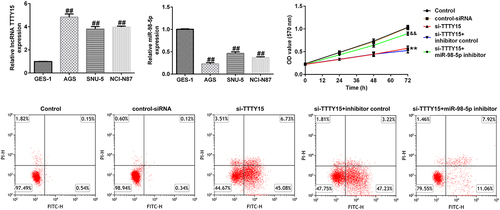
Figure 1. lncRNA TTTY15 sponges miR-98-5p in gastric cancer.

Figure 2. Ectopic expressions of lncRNA TTTY5 and miR-98-5p in gastric cancer tissues and cells.
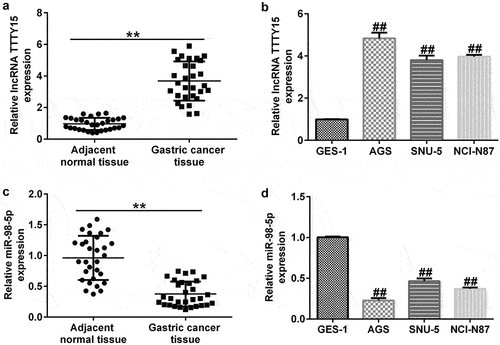
Figure 3. lncRNA TTTY5 suppressed miR-98-5p expression in AGS cells to regulate AGS cell proliferation.
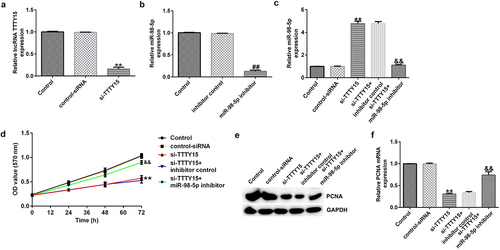
Figure 4. lncRNA TTTY5 induced AGS cell apoptosis by sponging miR-98-5p.
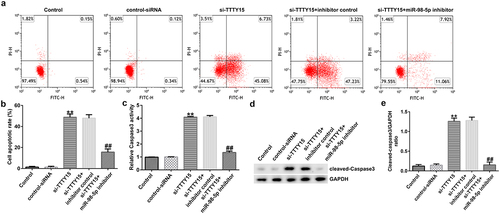
Figure 5. Identification of CCND2 as a downstream target of miR-98-5p in gastric cancer.

Figure 6. miR-98-5p negatively regulated CCND2 expression in AGS cells.
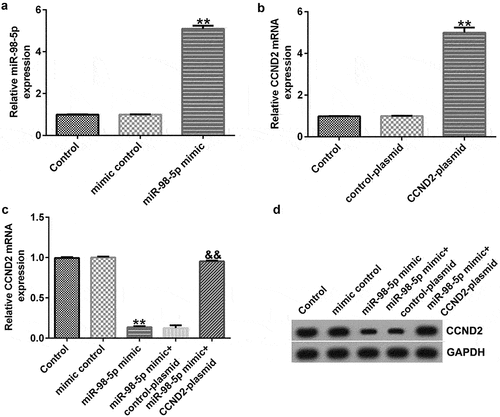
Figure 7. miR-98-5p overexpression suppressed AGS cell proliferation and promoted apoptosis by targeting CCND2.

